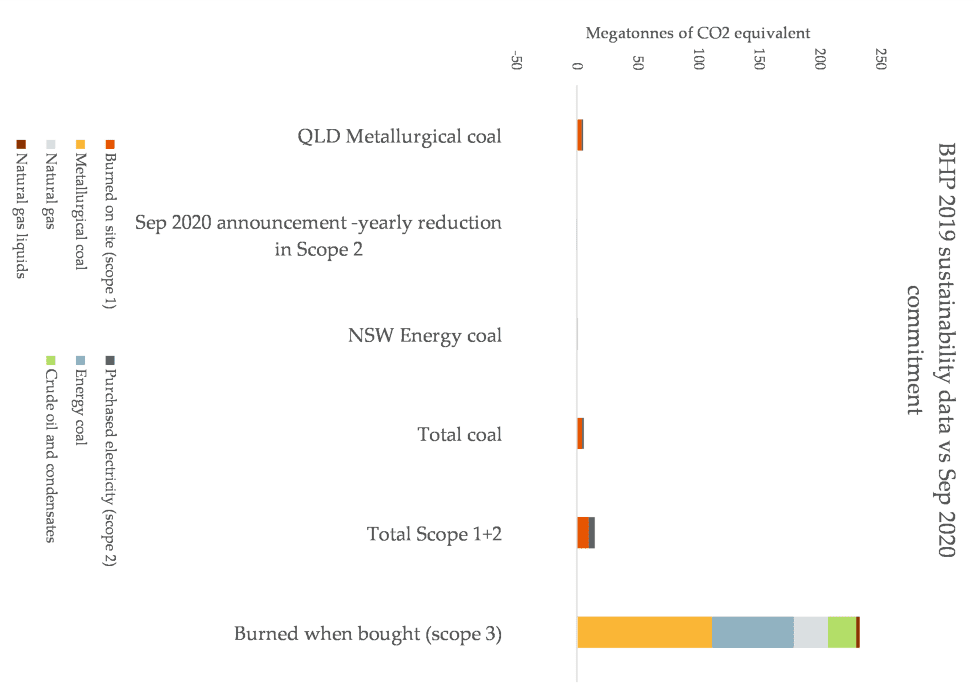Money
Major oil company makes multi-billion dollar move away from fossil fuels

Money
Stocks rally ahead of Thanksgiving as markets log four days of gains
Markets gain momentum ahead of Thanksgiving, with the Dow up 388 points and Oracle rising 4% amid investor optimism.
Money
Dow surges 500 points amid rate cut optimism
Dow jumps 569 points on fresh hopes for December rate cut and AI market optimism
Money
Gold prices surge as Central Banks buy big, but risks grow ahead
Gold prices surge as central banks increase demand; risks include a stronger dollar and rising interest rates.
-



 Leaders3 days ago
Leaders3 days agoH2Pro focuses on affordable green hydrogen
-



 Leaders3 days ago
Leaders3 days agoCarbonBlue revolutionises carbon capture and lime production
-



 Shows5 days ago
Shows5 days agoBrisbane’s economic growth and innovation drive 2032 goals
-



 Leaders3 days ago
Leaders3 days agoYosef Farm showcases successful organic farming in the desert
-



 Shows5 days ago
Shows5 days agoFusion of East and West: A recipe for success
-



 Leaders3 days ago
Leaders3 days agoHomeBiogas transforms waste into clean energy in 30,000 homes
-



 Shows5 days ago
Shows5 days agoVictoria’s new granny flat rules spark a modular housing boom
-



 News5 days ago
News5 days agoChina naval activity raises tensions from Philippines to Galápagos










